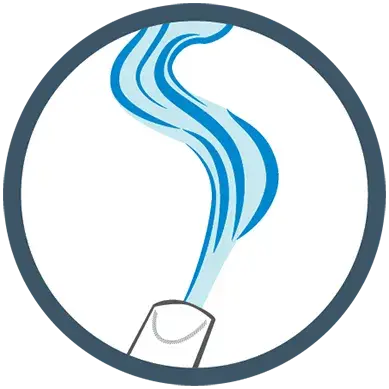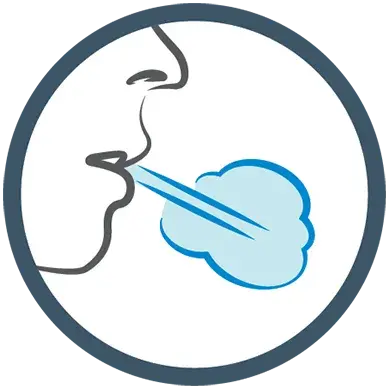A Risk Evaluation for Fugitive Aerosol Emissions When Using Different Nebulizer Systems; Potential Mechanisms, Impact of Device Type, and Mitigation Strategies
J. Suggett1, M. Nagel1, J. Schloss2, D. P. Coppolo3
1Trudell Medical International, London, Ontario, Canada 2Monaghan Medical Corporation, Syracuse, NY, United States, 3Monaghan Medical, Syracuse, NY, United States
Rationale
The SARS CoV2 environment has brought about a heightened awareness of the potential risks of fugitive emissions associated with nebulized aerosol drug delivery. Hence it would be useful to evaluate such risks in a methodical way.
Methods
The assessment evaluated:
- The potential mechanisms (routes) whereby nebulizers might emit aerosol or liquid medication into the local environment
- How such mechanisms may differ depending on the type of nebulizer device; and
- What mitigation strategies exist to reduce risk.
Mechanisms:
Review of various nebulizer types, in their use scenarios, highlight potential fugitive emissions from

| The nebulizer when the patient is not inhaling (could be when exhaling or if taking a break during the treatment) |

| The patient’s exhaled breath (bioaerosols) |

| The nebulizer as leaking liquid medication and biofilm generated from condensate within the device |
Mitigation Strategies:
- Use of personal protective equipment (PPE) and environmental controls are general approaches (more suitable in hospital environment).
- More specific to the nebulizer itself, in addition to using a breath actuated system, is the ability to separate the liquid aerosol waiting to be nebulized from patient expelled mucosal liquid or droplets. This has the potential to be achieved through the positioning of the liquid feed in the device or through use of a dam to stop such liquid passing back into the medication reservoir.
- Finally, there are a number of different filter kit systems available that capture exhaled aerosol and prevent drug or microbial contamination into the environment. Care should be taken though to ensure that the filter has appropriate efficiency and capacity so as to not become saturated.
Results:
Potential Fugitive Emissions by Nebulizer Type:
| Mechanisms |
|
|
|
| Mitigation Strategies |
|
|
|
Conclusions:
- A systematic review of nebulizer use highlighted a few different potential mechanisms for fugitive emissions. Differences in nebulizer design had an impact in the amount and type of fugitive emissions emitted.
- Through the choice of an appropriate nebulizer, the natural risk can be greatly reduced, and through selection of appropriate mitigation strategies, the risk can be almost eliminated
